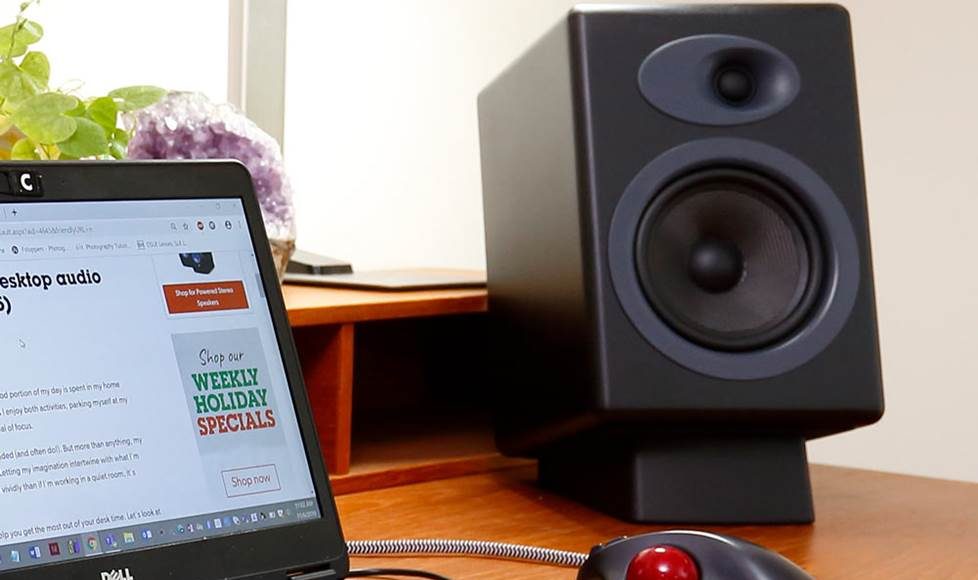In today’s fast-paced business world, integrating technology into customer interactions has become a cornerstone for success. Personalization, powered by advanced technology, is not just a marketing tool but a significant contributor to operational efficiency and customer satisfaction. This article delves into how various technologies, such as computers, panel PCs, and touchscreens, reshape user experiences and drive business efficiencies.
The Evolution of Technology in Personalizing User Experience
From the era of manual customer logs to today’s AI-driven analytics, the journey of technology in enhancing user experience is remarkable. Initially, businesses relied on general approaches to customer service. However, the advent of digital technologies shifted the focus to personalized experiences. Sophisticated algorithms and data analytics allow businesses to cater to individual customer preferences, making interactions more meaningful and efficient.
Different Technologies Enhancing User Experience
Each technology brings a unique flavor to the table, enhancing user experiences in diverse ways:
- Computers and Software: The backbone of modern businesses, computers, aided by advanced software solutions, play a pivotal role in personalization. Software equipped with AI and machine learning algorithms can analyze customer data, predict preferences, and tailor interactions. This enhances the user experience and streamlines business operations by targeting specific customer needs.
- Panel PCs: Often used in industrial and retail environments, Panel PCs offer robustness and adaptability. In a retail setting, for example, they can be used for interactive product catalogs, allowing customers to browse and receive tailored recommendations. Their durable design makes them suitable for harsh environments, ensuring reliability and continuous customer engagement.
- Touchscreens: Touchscreen technology has revolutionized interaction in various sectors. In retail, touchscreens make shopping interactive and personalized. In healthcare, they facilitate patient check-ins and information dissemination. These devices have transformed user engagement, making it more direct and responsive.
Personalization Through These Technologies
The use of these technologies has enabled businesses to create highly personalized experiences. Computers and software, with their processing power and analytical capabilities, offer insights that help tailor services and products. Panel PCs provide interactive platforms for customers, allowing businesses to gather direct feedback and preferences. Touchscreens offer a level of engagement that was previously unattainable, enabling users to interact with services and products in real time.
Benefits of Personalization in Business
Personalization, when done right, can yield tremendous benefits for businesses. Increased customer satisfaction is a prominent advantage. Customers who feel understood and valued are more likely to remain loyal to a brand. This loyalty translates into repeat business and positive word-of-mouth, which are invaluable for any company.
Moreover, personalization streamlines business operations. By understanding customer needs and preferences, businesses can reduce resource wastage and focus on what truly matters to their clientele. Efficient use of resources not only saves costs but also accelerates response times, leading to a more dynamic business model.
Additionally, personalization aids in superior data collection and analysis. Businesses can track user interactions and preferences, leading to more informed decision-making. This data-driven approach helps in anticipating market trends and customer needs, allowing businesses to stay ahead of the curve.
Challenges and Considerations
However, personalization has its challenges. Privacy concerns are at the forefront. As businesses collect and analyze more customer data, they must navigate the thin line between personalization and intrusion. It’s crucial to respect user privacy and adhere to data protection regulations.
Another consideration is the balance between personalization and user comfort. Over-personalization can sometimes feel invasive or overwhelming to customers. Businesses need to find the right level of personalization that enhances the user experience without crossing personal boundaries.
Future Trends and Innovations
Looking ahead, emerging technologies like virtual reality (VR) and augmented reality (AR) are set to revolutionize user experiences further. These technologies could offer even more immersive and personalized interactions. For instance, VR could be used for virtual try-ons in retail or immersive training environments in education and industry.
Artificial Intelligence (AI) is also expected to become more sophisticated, offering even more nuanced and adaptive personalization. Integrating AI with Internet of Things (IoT) devices could lead to a new era of smart personalization, where user experiences are tailored not just online, but in physical spaces as well.
The integration of technology in personalizing user experiences is a critical factor in driving business efficiency. As we have seen, various technologies like computers, panel PCs, and touchscreens contribute uniquely to enhancing user interactions. The benefits of personalization in business are clear, from increased customer satisfaction to improved operational efficiency. However, businesses must navigate challenges like privacy concerns and find the right balance in their personalization strategies. With emerging technologies on the horizon, the future of personalized user experiences looks bright, promising even greater efficiency and innovation in business operations.
Follow Technoroll for more!
Editorial Staff of the TechnoRoll, are a bunch of Tech Writers, who are writing on the trending topics related to technology news and gadgets reviews.





